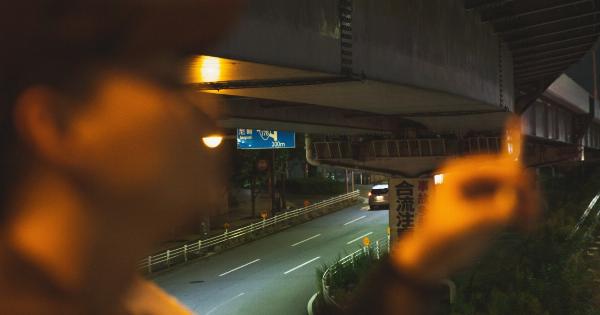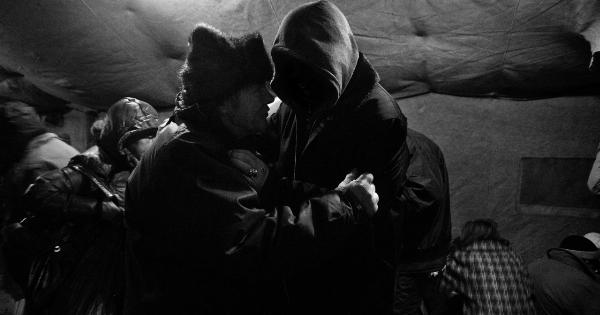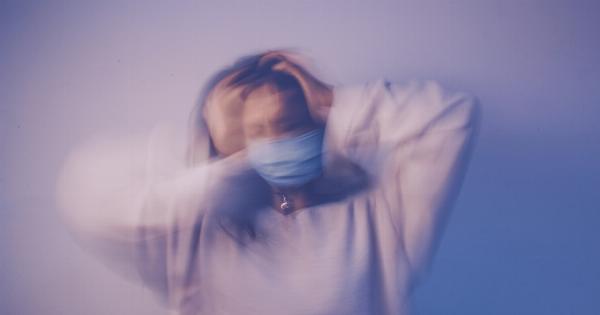Depression is a serious mental illness that affects millions of people worldwide.
While there are many different treatments available, some people suffer from what is known as “treatment-resistant depression,” meaning their symptoms persist even after trying various treatment options. However, there are quick-acting treatments that can help alleviate symptoms in these cases.
What is Treatment-Resistant Depression?
Treatment-resistant depression (TRD) is a type of depression that does not respond to traditional antidepressant medications.
It is estimated that up to one-third of people with depression may experience TRD, which can be particularly challenging to treat.
Causes of Treatment-Resistant Depression
There are many different factors that can contribute to the development of TRD, including:.
- Genetic predisposition
- Environmental factors, such as stress or trauma
- Chronic medical conditions, such as diabetes or heart disease
- Substance abuse
- Other mental health issues, such as anxiety or post-traumatic stress disorder
Traditional Treatments for Depression
Traditional treatments for depression include medication, therapy, and lifestyle changes.
Antidepressant medications, such as selective serotonin reuptake inhibitors (SSRIs) and serotonin-norepinephrine reuptake inhibitors (SNRIs), work by altering the levels of certain neurotransmitters in the brain. Therapy, such as cognitive-behavioral therapy (CBT), can help patients identify and change negative thought patterns and behaviors. Lifestyle changes, such as exercise and healthy eating, can also have a positive impact on depression symptoms.
Quick-Acting Treatments for TRD
For people with TRD, traditional treatments may not be enough to alleviate symptoms. However, there are other options available that can provide quick relief. Here are some of the most common quick-acting treatments for TRD:.
Ketamine Infusions
Ketamine is a medication traditionally used as an anesthetic. However, in recent years, it has been discovered that ketamine can also have rapid antidepressant effects.
Ketamine infusions are administered in a clinical setting under the supervision of a medical professional. The patient is closely monitored during and after the infusion. Ketamine can have side effects, including dissociation and nausea, but these typically resolve quickly.
TMS Therapy
Transcranial magnetic stimulation (TMS) therapy is a non-invasive procedure that uses magnetic fields to stimulate nerve cells in the brain. The procedure is typically administered over several weeks, with daily sessions lasting around 30 minutes.
TMS therapy has been shown to have a positive impact on depression symptoms, even in cases where traditional treatments have failed.
ECT Therapy
Electroconvulsive therapy (ECT) is a type of treatment that uses electric currents to stimulate the brain. The procedure is typically done under general anesthesia, and the patient is closely monitored throughout.
While ECT has a reputation for being invasive and potentially dangerous, it has been shown to be an effective treatment for TRD in many cases.
Nasal Ketamine Spray
Nasal ketamine spray is a newer medication that is designed to be self-administered by the patient. The medication is a low-dose form of ketamine and is only available with a prescription.
While the medication has not yet been approved by the FDA for depression treatment, it has shown promise in clinical trials.
Psychedelic-Assisted Psychotherapy
Psychedelic-assisted psychotherapy is an emerging treatment modality that uses psychedelic substances, such as psilocybin and MDMA, in combination with therapy.
The treatments are typically administered in a clinical setting under the supervision of a medical professional. While still in the early stages of research, psychedelic-assisted psychotherapy has shown promise in treating TRD.
Conclusion
Treatment-resistant depression can be a challenging condition to treat, but there are many different options available that can provide quick relief.
Ketamine infusions, TMS therapy, ECT therapy, nasal ketamine spray, and psychedelic-assisted psychotherapy are all promising treatments for TRD. If you or a loved one is struggling with TRD, speak to a mental health professional to see which treatment option may be right for you.





























